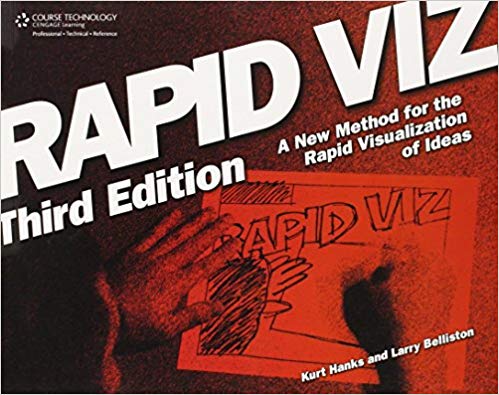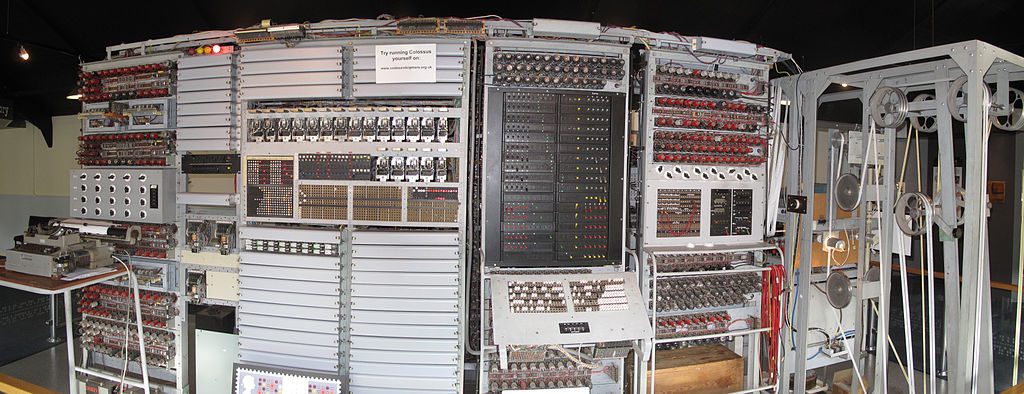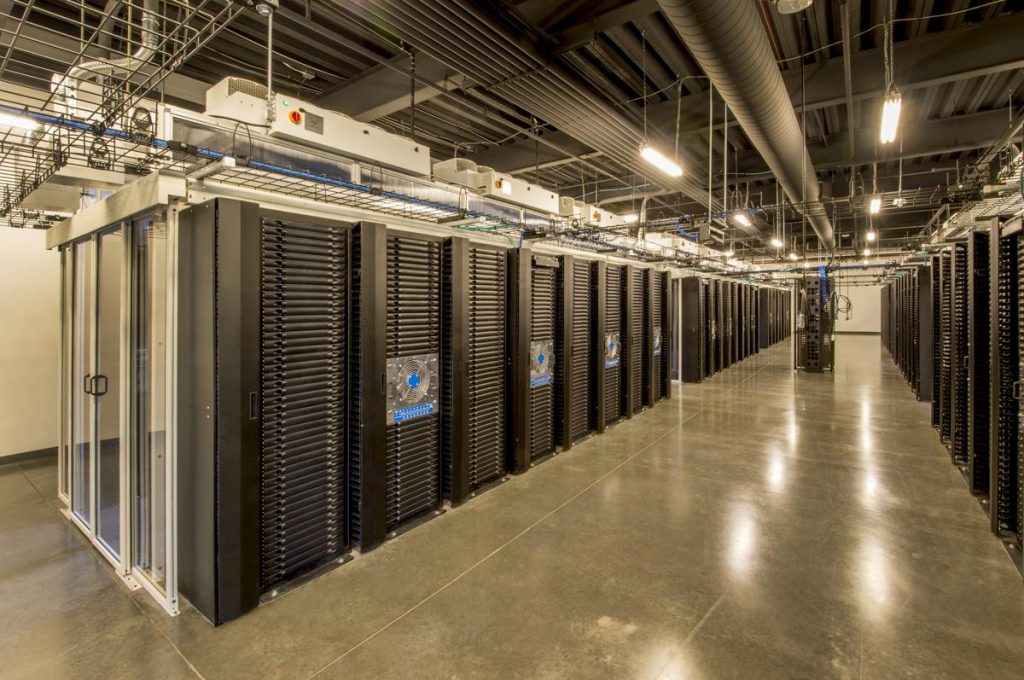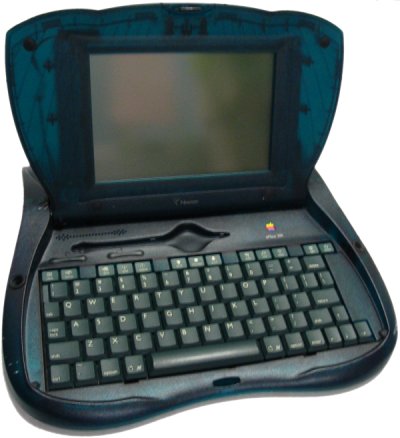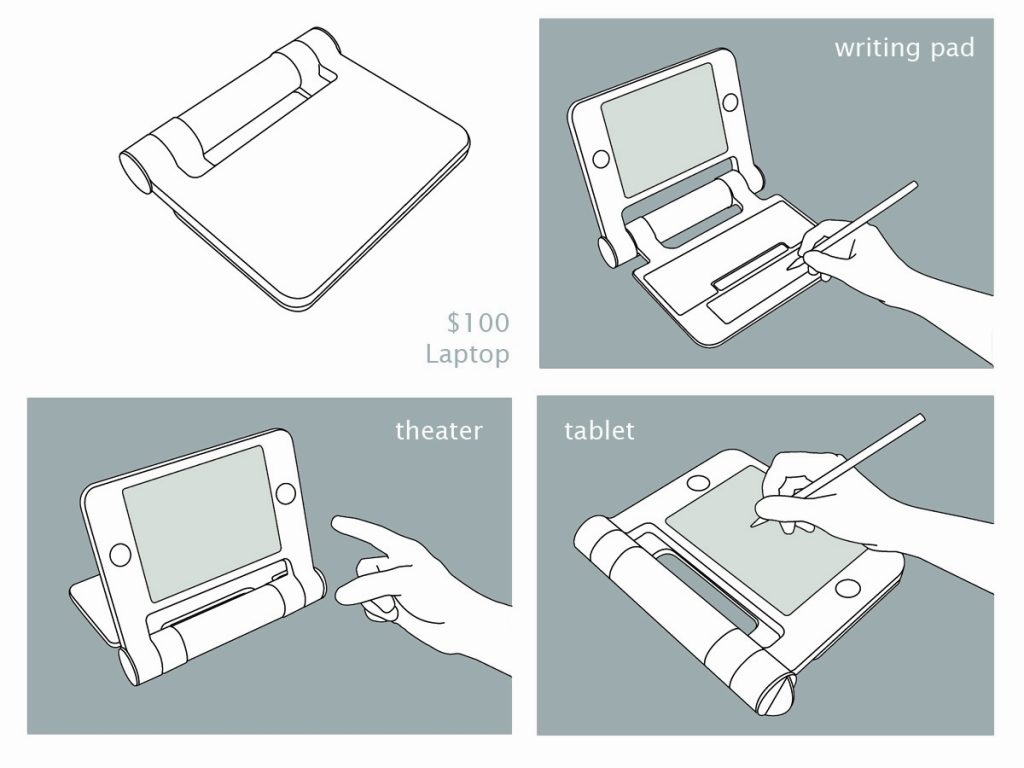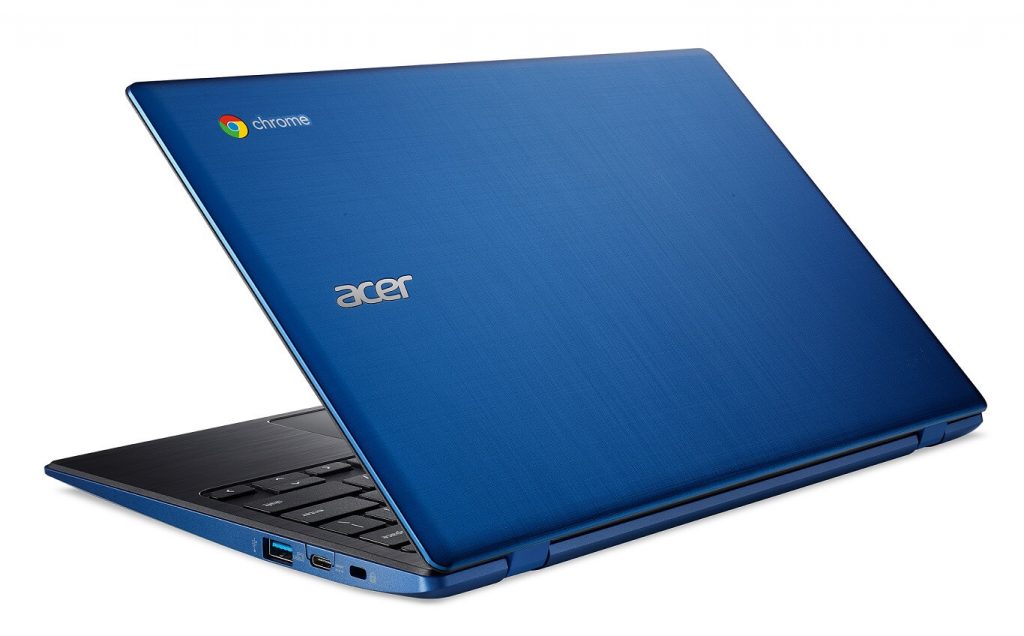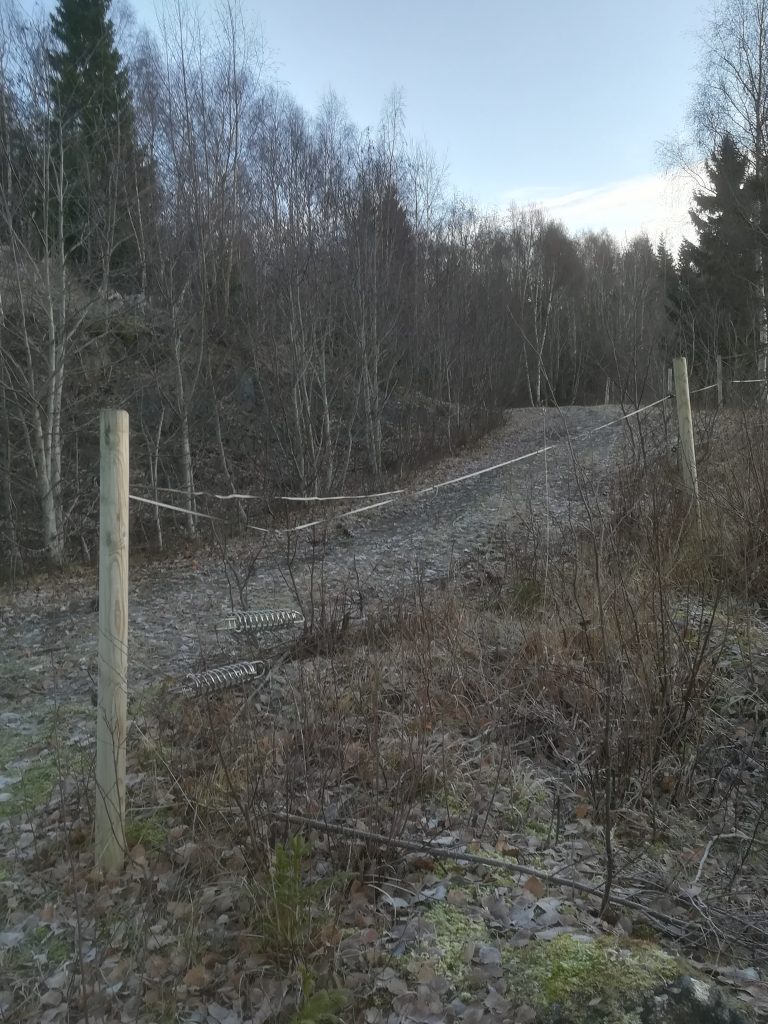V1: 2018-12-31; V2: 2019-03-25
Keywords previously found on this site, including the original text below, have been moved to: https://keywords.mclellan.no There, a new keyword will be posted on Sundays.
The meaning of words changes. This does not present any significant problems if everyone in a culture adapts simultaneously to these changes, and it reflects agreed upon changes in that culture. Unfortunately, this scenario never happens. Rather, elites, usurp particular words, and impose their definitions on others, notably the marginalized, but everyone else as well.
Raymond Williams (1921 – 1988) examined the changing meanings of sixty words used in cultural discussions, beginning with the word culture itself. He intended this to appear as an appendix to Culture and Society (1958). That didn’t happen, but an extended 110 word version, including notes and essays was published as Keywords in 1976. By 1983 a new version added 21 additional words.
Keywords is not an abridged Oxford English Dictionary. It doesn’t include philological or etymological considerations. Instead, its focus is on meanings and contexts.
Culture, published in 1981, continued this work, but focused on this single concept, defined as “a realized signifying system” (p. 207). The work is especially concerned with cultural production, and reproduction (p. 206). What is a realized signifying system?
Chris Barker, Making Sense of Cultural Studies (2002), writes: “…a banknote signifies and constructs nationality while at the same time being used for purposes of exchange” (p. 34). Barker has difficulties understanding what an unrealized signifying system could be. Perhaps I can help him. It is best understood using a time machine. Lots of words have the potential to signify something, but do not yet do so. While the Han Dynasty introduced promissory notes in 118 BC, the first attempt to issue banknotes in Europe, occurred in Sweden in 1661. Before these dates, promissory notes and banknotes were unrealized signifying systems. In fact, for most of the world they were only realized much later.
Cultural materialism can best be described as a theoretical movement. Cultural materialists analyze how powerful elites use (historically) important texts to validate or inscribe certain values on the cultural imaginary, that is, that set of values, institutions, laws, and symbols common to a particular social group.
Political Shakespeare, edited by Jonathan Dollimore (1948 – ) and Alan Sinfield (1941 – 2017), is a seminal text of the cultural materialism movement, with four defining characteristics: Historical context, close textual analysis, political commitment and theoretical method. Most of us in the English-speaking world, have been required to read Shakespeare as part of our education and, in doing so, have adopted at least part of Shakespeare’s world view.
Neema Parvini (? – ) writes in Shakespeare and Contemporary Theory (2012) “… culture is irreducibly complex and made up at any given time by numerous cultures which are dynamically linked to each other. At any given time, there is not just one ‘culture’ but lots of different cultures with their own geneses in different epochal moments. Williams gives the examples of ‘feudal culture’, ‘bourgeois culture’ and ‘socialist culture’ which are all part of a cultural process. Culture is not static but processional and its different subcultures are in competition for hegemony. The status of a single subculture is liable to change over time. Williams identifies three different statuses: ‘residual’, ‘emergent’ and ‘dominant’. These are fairly self-explanatory. To use his examples: bourgeois culture is ‘dominant’ because it has hegemony; socialist culture is ‘emergent’, because it is still being created and perhaps may one day become dominant; and feudal culture is ‘residual’ because it is the remnant of a by-gone era, essentially an anachronism, but crucially it is still ‘active in the cultural process . . . as an effective element of the present’.” With reference to Raymond Williams, Marxism and Literature (1977) pp. 121 -2.
Fintan O’Toole (1958 – ), author and Irish Times journalist, notes, “Best thing that happened to me when I was young was that my father told me that everyone had read the complete works of Shakespeare by the time they were 14. It was life-transforming for me.” https://www.theguardian.com/books/2018/dec/29/fintan-otoole-the-books-interview-brexit-english-nationalism
Unfortunately, I have never found Shakespeare life-transforming. Yes, there are days when even I can appreciate Shakespeare, although not usually at the theatre or even in book form. Much of my understanding comes from Coles Notes/ CliffsNotes, and the odd Classic Comic Book. My preferences are for: Scotland, PA, directed and written by William (Billy) Morrissette (1962 – ), a reworked MacBeth dark comedy made in 2001 in Nova Scotia, but set in 1975 at “Duncan’s Cafe”, a fast-food eatery in Scotland, Pennsylvania; and, Julie Taymore’s (1952 – ) 1999 Italian-American-British film interpretation of Titus Andronicus.
Not all commentators of Shakespeare are Marxist. The right-leaning, Foundation for Constitutional Government, Inc. notes his political importance in these terms, “… Shakespeare seems to have understood the concept of the regime (Greek: politeia) as developed by Plato and Aristotle—the idea that different forms of political organization encourage different forms of human development. Not every human possibility is equally available under every regime; it is difficult to be a Christian saint in pagan Rome (and as Hamlet shows, it is equally difficult to be a classical hero in Christian Europe). A monarchy will inevitably discourage certain forms of political activity (particularly those that challenge monarchy), while a republic may cause the very same activities to flourish. Shakespeare is generally praised for the immense variety of human types he portrays in his plays. Perhaps one of the keys to this success is the variety of regimes Shakespeare covers in his plays—from ancient pagan republics to modern Christian monarchies.” https://thegreatthinkers.org/shakespeare-and-politics/introduction/
Words continue to be important in political discussions. A Raymond Williams Society was established in 1989 to promote related work. Since 1998 it has published Key Words: A Journal of Cultural Materialism. Tony Bennett, Lawrence Grossberg and Meaghan Morris have edited, New Keywords: A Revised Vocabulary of Culture and Society. In addition, New York University Press has published several related books.
| Keywords for | Author(s)/ Editor(s) |
| American Cultural Studies (2014) | Bruce Burgett, Glenn Hendlerr |
| Asian American Studies (2015) | Cathy J. Schlund-Vials, Linda Trinh Võ, K. Scott Wong |
| Disability Studies (2015) | Rachael Adams, Benjamin Reiss, David Serlin |
| Children’s Literature (2015) | Philip Nel, Lissa Paul |
| Environmental Studies (2016) | Joni Adamson, William A. Gleason, David N. Pellow |
| Media Studies (2017) | Jonathan Gray, Laurie Ouellette |
| Latina/o Studies (2017) | Lawrence La Fountain-Stokes, Nancy Raquel Mirabal, Deborah R. Vargas |
| African American Studies (2018) | Erica R. Edwards, Roderick A. Ferguson, Jeffrey O.G. Ogbar |
Most recently, in 2018, John Patrick Leary, in Keywords: The New Language of Capitalism, wrote: A keyword, according to the Oxford English Dictionary (hereafer the OED), is “a word serving as a key to a cipher or the like.” In his 1976 classic Keywords: A Vocabulary of Culture and Society, the Welsh literary critic Raymond Williams laid out the foundational vocabulary of modern British society in a wide-ranging project of critical historical semantics. He defined keywords as “binding words in certain activities and their interpretation,” elements of a living vocabulary that shape and reflect a society in movement. Keywords show what knowledge ties this society together, and how this common knowledge changes over time. As both Williams and the OED make clear, keywords are therefore “key” in a double sense: they are important, and they unlock something hidden.
Where should we be using keywords?
On Monday 2018-11-26, GM CEO Mary Barra announced cuts, explaining them as: “The actions we are taking today continue our transformation to be highly agile, resilient, and profitable, while giving us the flexibility to invest in the future, …” This transformation involves the discontinuance of six models, closure of five factories, and the lay-off of up to 14 000 workers in North America. This figure includes 3 300 blue-collar workers in USA, and 2 600 in Canada, in addition to 8 000 white-collar workers.
John Patrick Leary responded to this by tweeting, “Language was pronounced dead at the scene.” Resilient and flexible are two of Leary’s 47 keyword topics.
I have just started reading Leary’s Keywords. They are being read as published, in alphabetical order, except where a topic is too tempting to resist. DIY (Do-It-Yourself), is one such seductress. It begins with, “In a 2014 column in the New York Times, architecture critic Jayne Merkel argued that the underfunded New York City Housing Authority could address its vast backlog of unfinished repairs by training residents to make their own repairs.” and ends with “DIY’s present mixture of autonomous self-determination with entrepreneurial self-reliance is what makes propositions like Merkel’s so insidious. Rent-paying tenants of public housing have every right to expect their landlord to “do it” for them; in this case, the enthusiastic voluntarism of “do it yourself” has become more like an indifferent invitation to “do it your damn self.” Is the prospect of student debt preventing you from pursuing higher education? Find a cheaper alternative with “DIY education” in the form of free online classes and Project Gutenberg. Can’t afford a home mortgage? Buy some land and build yourself a tiny house. DIY celebrates individualistic substitutes for state obligations or political solutions, like free public education or affordable housing. In this way, DIY can become, like the more politicized versions of artisanal and maker culture, a practice of consumption masquerading as a practice of citizenship.”
The importance of keywords, by whatever author that attracts a person, is that it encourages everyone to examine how words are being used to manipulate thought processes. We have a duty to ourselves to be critical of everything that we are fed, intellectually, emotionally as well as physically. Some products are nutritious, but increasingly many are simply empty calories.


